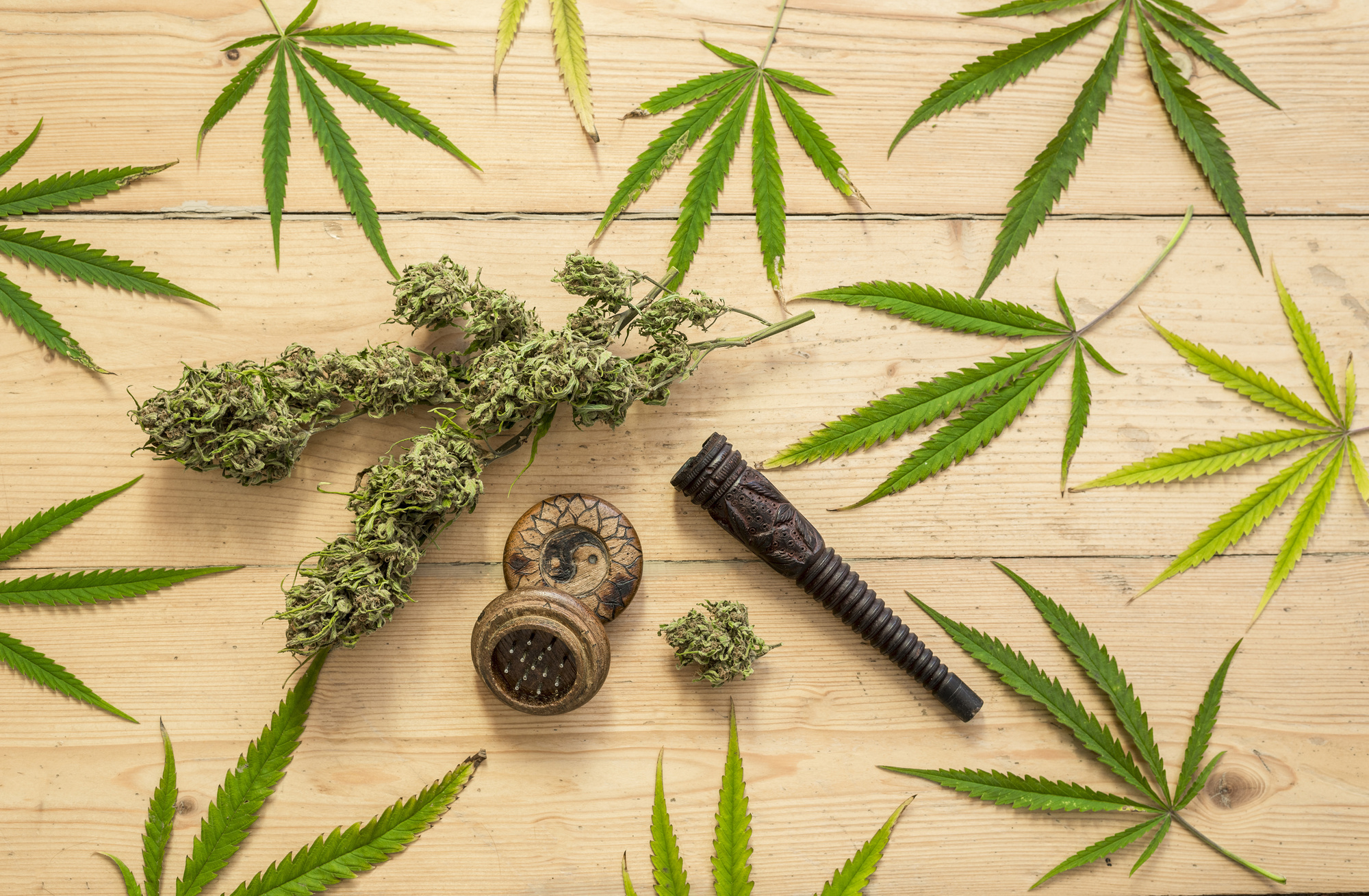Schedule Your Dermal Filler Appointment with Dr. Laura Geige Today
Non-Invasive Options
Topical Treatments

Tear trough hollows can be addressed with non-invasive options and topical treatments, offering alternatives to dermal fillers. These methods often focus on stimulating collagen production, hydrating the skin, and minimizing the appearance of shadows.
Here are some popular non-invasive options for addressing tear troughs:
- Microneedling: This procedure uses tiny needles to create controlled micro-injuries in the skin, triggering collagen production and improving skin texture. It can help fill in fine lines and depressions under the eyes, making them appear less prominent.
- Radiofrequency (RF) treatments: RF energy heats deep layers of the skin, stimulating collagen and elastin fibers, resulting in tightening and volumization. This can improve the appearance of sagging skin and reduce the depth of tear trough hollows.
- Laser therapy: Certain lasers, such as fractional lasers, can stimulate collagen production and resurface the skin. They can also target pigmentation concerns that may contribute to the appearance of darkness under the eyes.
- Topical retinoids:** Retinoids, derived from vitamin A, are known for their ability to increase cell turnover and boost collagen synthesis. Applying them consistently can help improve skin elasticity and reduce the appearance of wrinkles and hollows.

**Topical Treatments**
Besides retinoids, there are other topical treatments that can benefit the delicate skin under the eyes:
- Hyaluronic acid serums: Hyaluronic acid is a humectant that attracts and retains moisture, plumping up the skin and reducing the appearance of wrinkles. It can temporarily hydrate the tear trough area.
- Vitamin C serums: Vitamin C is a powerful antioxidant that protects against free radical damage and promotes collagen production. Using it topically can brighten the skin and reduce the appearance of hyperpigmentation around the eyes.
- Eye creams with peptides:** Peptides are short chains of amino acids that stimulate collagen synthesis and improve skin elasticity. Eye creams containing peptides may help firm up the skin under the eyes and minimize hollows.
It’s important to consult a qualified dermatologist or skincare professional to determine the most suitable treatment options for your individual needs and concerns. They can assess your skin type, condition of the tear troughs, and potential risks and benefits of different approaches.
Laser Therapy
Tear trough fillers are a popular non-surgical solution for under-eye hollows and dark circles, but some individuals may prefer alternatives due to potential side effects or concerns about injectables.
Fortunately, several non-invasive options exist that can address the same concerns without the need for needles or surgery. These methods often focus on improving skin hydration, boosting collagen production, and addressing underlying skin laxity.
One such option is laser therapy. Different types of lasers can be used to target specific concerns associated with tear troughs:
* **Fractional Laser Therapy:** This procedure uses microscopic laser beams to create controlled micro-injuries in the skin. The body’s natural healing response then stimulates collagen and elastin production, resulting in firmer, smoother skin.
Fractional lasers can be particularly effective for addressing wrinkles, fine lines, and laxity under the eyes, contributing to a more youthful appearance.
* **Radiofrequency (RF) Microneedling:** This method combines microneedles with radiofrequency energy. The needles create tiny channels in the skin, while the RF energy heats the underlying tissue, promoting collagen production and tightening.
This combined approach can effectively target under-eye hollows and improve overall skin texture and elasticity.
* **Intense Pulsed Light (IPL) Therapy:** IPL uses broad-spectrum light to target blood vessels and pigmentation. This can help reduce the appearance of dark circles caused by dilated blood vessels or hyperpigmentation.
While not directly filling hollows, IPL can improve skin tone and brightness, enhancing the overall aesthetic under the eyes.
It’s important to consult with a qualified dermatologist or plastic surgeon to determine which non-invasive option is most suitable for your individual needs and goals. They can assess your skin condition, discuss potential risks and benefits, and create a personalized treatment plan.
Surgical Interventions
Get Started with Your Dermal Filler Consultation with Dr. Laura Geige
Lower Blepharoplasty
Lower blepharoplasty, also known as a *lower eyelid lift*, is a surgical procedure designed to address concerns related to the lower eyelid area.
It can effectively target issues such as sagging skin, fat bags (tear troughs), and thin or wrinkled skin around the eyes. While tear trough fillers offer a non-surgical alternative for addressing these concerns, they are temporary in nature and may require repeat injections to maintain results.
In contrast, lower blepharoplasty provides a more lasting solution with results that typically last several years or even longer.
During the procedure, incisions are made either inside the eyelid (transconjunctival blepharoplasty) or just below the lash line (transcutaneous blepharoplasty). The surgeon removes excess skin and fat, tightens underlying muscles and tissues, and closes the incisions.
Lower blepharoplasty can significantly enhance the appearance of the lower eyelids by creating a more youthful and rejuvenated look. It can address a variety of concerns, including:
- Sagging skin and *tear troughs*:
- Excess fat that causes bulging or bags under the eyes:
- Thin or wrinkled skin around the eyes:
- Visible blood vessels in the lower eyelids
As with any surgical procedure, there are potential risks and complications associated with lower blepharoplasty. These may include bleeding, infection, swelling, bruising, dry eye, and temporary vision changes.
It’s important to discuss these risks thoroughly with your surgeon before undergoing the procedure.
Recovery time typically ranges from a few days to a couple of weeks, during which patients may need to wear sunglasses or protective goggles for sun protection.
Candidates for lower blepharoplasty are generally in good health and have realistic expectations about the outcome. They should also be non-smokers as smoking can hinder healing.
Consulting with a board-certified plastic surgeon who specializes in eyelid surgery is crucial to determine if you are a suitable candidate and discuss your specific goals.
Fat Grafting
Surgical interventions offer a more permanent solution compared to non-surgical options like tear trough fillers.
One such surgical intervention is fat grafting, also known as fat transfer. This procedure involves harvesting fat from areas of the body with excess adipose tissue, typically the abdomen, thighs, or buttocks, and injecting it into the under-eye area to fill in the hollows beneath the eyes.
During fat grafting, the extracted fat is processed and purified before being meticulously injected into the tear troughs. This process can involve multiple injections to ensure even distribution and optimal aesthetic results.
Fat grafting for tear troughs aims to provide a long-lasting solution by utilizing the patient’s own tissue. As fat cells are living, they have the potential to survive and integrate into the surrounding tissue, providing a more natural-looking and sustained result compared to fillers that gradually break down over time.
While fat grafting offers promising results, it is important to understand that it is a surgical procedure with associated risks and complications. Potential side effects include swelling, bruising, infection, and asymmetry.
Candidates for fat grafting should be in good overall health and have realistic expectations regarding the outcomes. A thorough consultation with a qualified plastic surgeon experienced in fat grafting is crucial to determine suitability and discuss potential risks and benefits.
Lifestyle Changes and Preventative Measures
Sun Protection
Tear trough fillers are a popular cosmetic procedure to address under-eye hollows, but there are alternatives that focus on lifestyle changes and preventative measures.
One crucial aspect is sun protection. UV radiation from the sun can break down collagen and elastin in the skin, leading to wrinkles and thinning, which can exacerbate under-eye hollowness. Wear broad-spectrum sunscreen with an SPF of 30 or higher daily, even on cloudy days.
A healthy lifestyle also plays a significant role. Adequate sleep is vital for skin repair and regeneration. Aim for 7-9 hours of quality sleep per night.
Hydration is another key factor. Drink plenty of water throughout the day to keep your skin plump and hydrated.
A balanced diet rich in antioxidants, vitamins C and E, and omega-3 fatty acids can promote healthy skin. These nutrients support collagen production and protect against free radical damage.
Consider incorporating retinoids into your skincare routine. Retinoids are vitamin A derivatives that stimulate collagen production and improve skin texture, potentially minimizing the appearance of under-eye hollows over time. Consult a dermatologist for advice on appropriate retinol use.
Avoiding smoking is essential as it accelerates skin aging and diminishes blood flow to the skin.
Managing stress through techniques like yoga or meditation can also benefit your skin health.
Finally, be patient and consistent with these lifestyle changes. Results may take time, but they can contribute to a healthier, more youthful appearance over the long term.
Hydration
Tear trough fillers offer a quick fix for under-eye hollows, but lifestyle changes and preventative measures can also play a significant role in maintaining youthful skin and minimizing their appearance.
Book a Dermal Filler Session with Dr. Laura Geige at It’s Me and You Clinic
Here are some key areas to focus on:
-
Hydration: Drinking plenty of water throughout the day is crucial for keeping your skin plump and hydrated. Dehydration can contribute to the appearance of sunken eyes, so aim for eight glasses of water daily.
-
Sleep: Lack of sleep can lead to dark circles and under-eye puffiness, exacerbating tear trough shadows. Aim for 7-8 hours of quality sleep per night to allow your body to repair and rejuvenate.
-
Sun Protection: Ultraviolet (UV) rays from the sun can damage collagen and elastin fibers in the skin, contributing to sagging and wrinkles around the eyes. Always wear sunscreen with at least SPF 30 daily, even on cloudy days, and seek shade when possible.
-
Healthy Diet: A diet rich in antioxidants, vitamins, and minerals can promote healthy skin cell regeneration. Focus on consuming fruits, vegetables, whole grains, and lean protein sources.
In addition to these lifestyle changes:
-
Eye Creams: Applying a hydrating eye cream can help improve the appearance of under-eye hollows by plumping up the skin.
-
Facial Massage:** Gently massaging the under-eye area can promote blood circulation and lymphatic drainage, reducing puffiness.
Remember that consistency is key. It takes time to see results from lifestyle changes, so be patient and persistent in your efforts. If you have concerns about tear troughs or other cosmetic issues, consult a dermatologist or plastic surgeon for personalized advice.
James Martin Live Classy Pleasure On the Carpet Melissa J Design
- What Does 1ml Of Cheek Filler Look Like? - May 22, 2025
- Tear Trough Filler – Under Eye Filler Near Oxshott, Surrey - May 22, 2025
- How To Get Rid Of Bunny Lines With Non-Invasive Treatments In London - May 22, 2025

